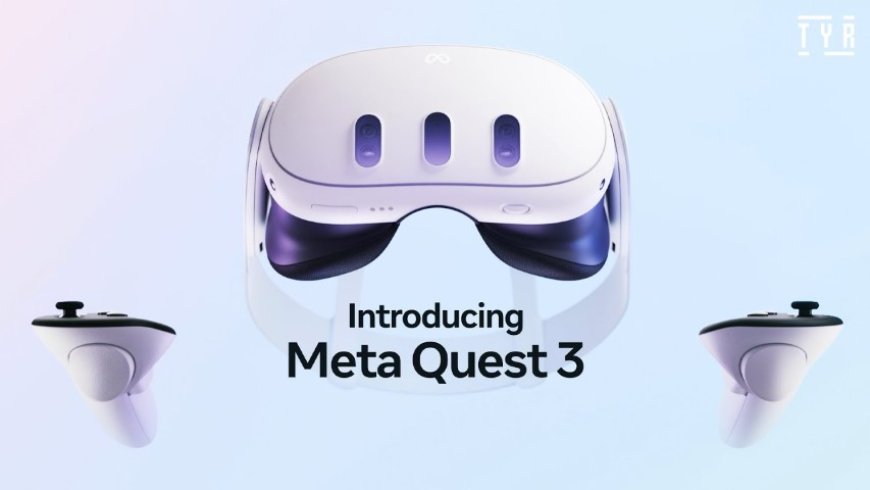Meta Quest 3, Worth to Buy?
Today, we're providing a quick overview of the pros and cons of the Meta Quest 3.

It's worth noting that, in compiling the list, we found more pros than cons, underscoring our overall positive opinion of this device. So far, the experience has been enjoyable, discovering new and engaging games. Let's delve into the pros.
Pro#1: Superior Speakers
The Quest 3 boasts speakers with enhanced directionality, channeling sound more directly into your ears compared to the Quest 2. This not only provides a louder experience but also contributes to a more immersive feeling. Many users prefer these speakers over using the audio jack and headphones, creating a more spatial and engaging audio environment.
Pro #2: Upgraded Hardware
The device features upgraded hardware, including a better processor, new pancake lenses, and higher pixel density. The improved processor contributes to smoother performance, while the pancake lenses help reduce the headset's bulkiness. The higher pixel density results in crisper visuals and more vibrant colors, elevating the overall viewing experience.
Pro #3: Mixed Reality Cameras
The addition of front-facing cameras introduces mixed reality capabilities. These cameras facilitate experiences where elements of your physical space blend with virtual elements, creating an intriguing and entertaining mixed reality environment. This technology allows for unique and imaginative gaming experiences, bringing childhood dreams to life.
Pro #4: Improved Tracking
The Quest 3 features enhanced camera placements for hand tracking. Meta found that lower camera placements are more effective for tracking hand movements, resulting in improved accuracy. The hand tracking experience, particularly when not using the remote, is notably better compared to the previous design.
Pro #5: Enhanced Comfortability
Several factors contribute to the device's comfort. The new head strap design allows easy adjustment and accommodates ponytails. The headset material is more comfortable, especially for glasses wearers who can easily adjust the headset without additional inserts. The inclusion of a scroll wheel for adjusting lens distance simplifies adjustments without having to remove the headset.
Now, let's touch on some of the cons:
Con #1 Reduced Battery Life
Due to the upgraded hardware, the Quest 3 has a reduced battery life compared to the previous generation. While strategies like using low power mode can mitigate this, users are reporting about an hour and a half to two hours of gameplay on a single charge.
Con #2: Microphone Quality
Some users have noted a potential downgrade in microphone quality compared to the previous generation. Although it gets the job done, the microphone on the Quest 3 may produce more popping sounds than its predecessor.
Con #3: Underpowered Audio Jack
The audio jack port appears to be slightly underpowered, resulting in some users finding it not as loud as expected. Plugging in headphones may not provide the same volume level as achievable with other devices.
Con #4: Altered Plug Layout
The new layout for plugs, particularly the USB-C port on the side of the headset, might pose compatibility issues with accessories designed for the Quest 2. Users with existing accessories should verify compatibility before upgrading.
Con #5: Mixed Reality Challenges
While mixed reality is a fascinating feature, occasional issues such as blurriness and warping may arise. It's a promising first attempt at mixed reality, but there are some hurdles to clear, especially when clarity is crucial for certain tasks, like viewing computer screens.
Despite some drawbacks, the Meta Quest 3 offers a highly positive and immersive experience, especially for those who appreciate the advancements in mixed reality and overall hardware improvements.







